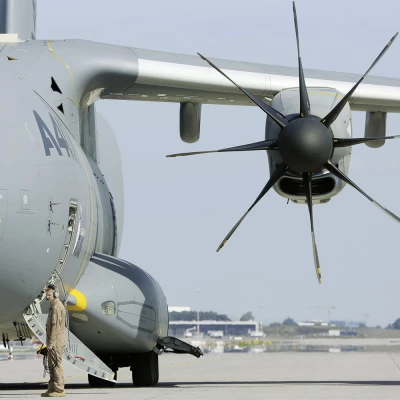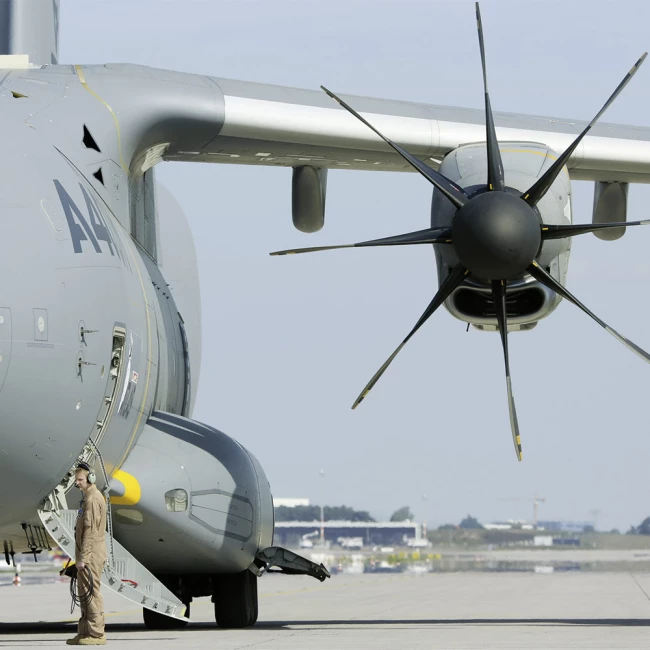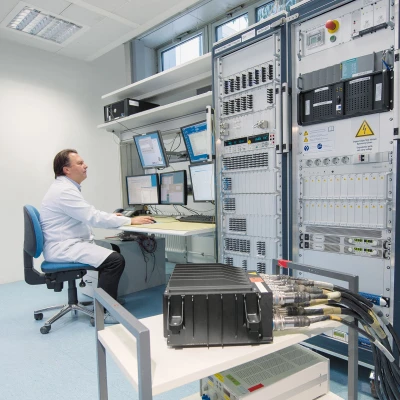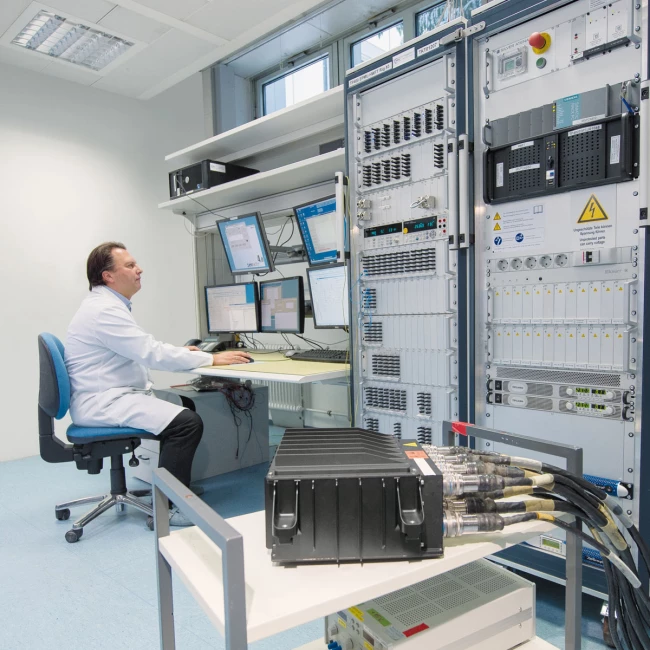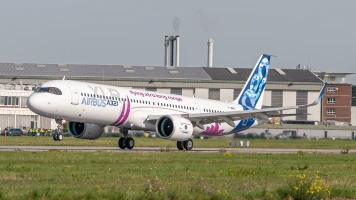aviation
MTU’s Franco-German partnerships
France is the partner country for ILA Berlin 2018: a rundown of successful collaborations between MTU and French companies.
04.2018 | author: Silke Hansen | 6 mins reading time
author:
Silke Hansen
writes for AEROREPORT as a freelance journalist. For over ten years, she has covered the world of aviation, focusing on technology, innovation and the market. Corporate responsibility reporting is another of her areas of specialization.
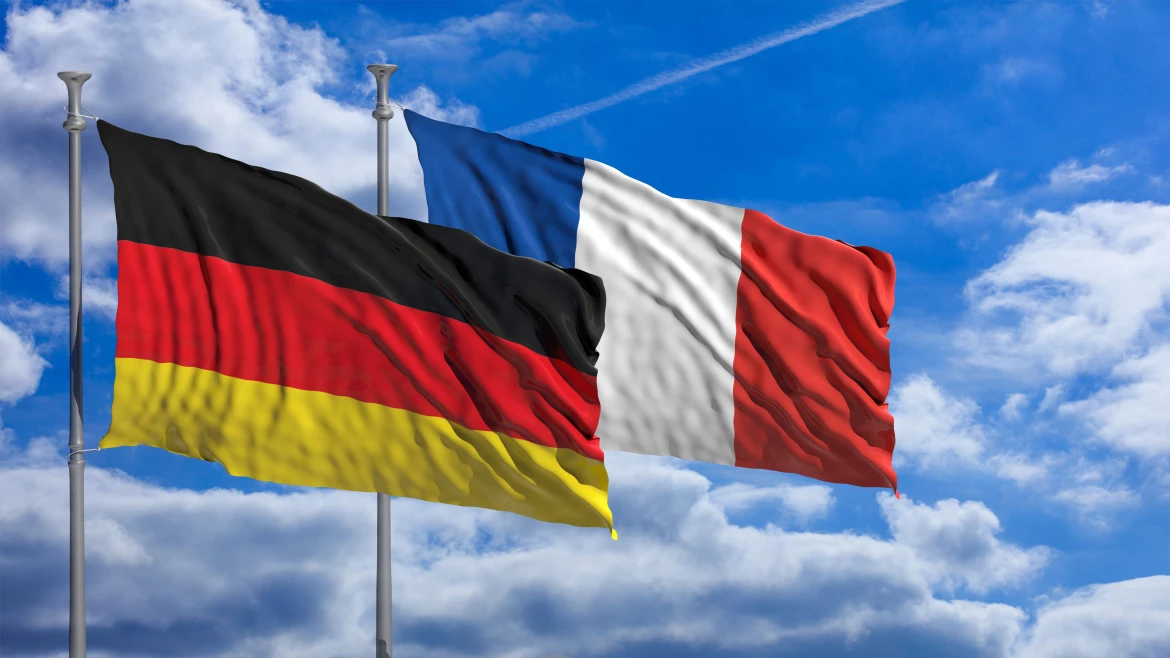
ILA Berlin describes its partnership with neighboring France as the best of all possible collaborations, which is why Germany’s largest airshow is bringing France to the capital as its partner country for ILA 2018. Europe’s economic heavyweights are closely intertwined, particularly in the aerospace industry. “France and Germany have always worked as strategic partners on aerospace projects,” says Dr. Klaus Richter, President of the German Aerospace Industries Association (BDLI). Aircraft manufacturer Airbus is the poster child for German-French cooperation, employing 47,000 people in Germany and 45,000 in France. Its largest production facilities are also based in Germany and France—in Hamburg and Toulouse, respectively.
MTU and Airbus
Tarun Sondhi works right at the heart of Airbus at Toulouse-Blagnac Airport. As a senior flight test engineer for MTU, he has been supervising flight testing for the A320neo on site at Airbus since 2014. After all, MTU holds a workshare of 18 percent in the aircraft’s PW1100G-JM engine. MTU assembles almost one third of these powerplants at its site in Munich and then sends them on to Airbus in Toulouse. “Together with a team from Pratt & Whitney, I support Airbus in my capacity as a supplier,” explains Sondhi. He assists with flight tests and certification flights for the new engine concept, which is currently in the market launch phase. “To carry out a successful test flight, everyone has to pull together—this is not the time or place for politics. We work well together and productively. It’s important for me to be here on site because that way I can support our customer, Airbus, most effectively,” says Sondhi. He now speaks fluent French, which proves a big help in his work. Sondhi has lived in the South of France since 2008, where he also worked on the flight test campaign for the TP400-D6 engine powering the A400M military transport aircraft. “I’m becoming really well integrated and it’s almost like I’m part of the furniture here now,” he jokes. He prizes France for its openness to new ideas, while he sees Germany’s strength in its results-focused mentality.
Smart division of work: As things stand, MTU assembles almost one third of A320neo engines at its Munich site.
MTU Aero Engines and Safran
MTU, an important player in the German engine industry, enjoys a successful partnership with the French company and some of their collaborative projects date back decades. Safran Aircraft Engines, based in Courcouronnes in the Île-de-France region south of Paris, could be described as the French counterpart of MTU—the country’s leading manufacturer of aircraft engines. Unlike MTU, however, Safran is also an OEM. Through its collaboration with Safran, MTU collaborates with the French on the Tyne and Larzac engines, the MTR390 helicopter engine and the TP400-D6.
In total, 2,500 employees in Europe work on the TP400-D6, successor to the Tyne. Harald Mark, a veteran in the engine program for the Airbus military transport aircraft, is one of them. He was even around to witness the forerunners and concept studies, and was on the negotiating team for the engine tender. Due to its proximity to Airbus in France, the team was based at Safran. MTU is responsible for the intermediate compressor, turbine, and shaft and final assembly of the TP400-D6, while Safran supplies the hot section of the engine, the combustor and the high-pressure turbine. As partners in the engine consortium, MTU and Safran joined forces to develop the engine control unit, which was no mean feat. Even if the program did not always run smoothly, collaboration on the technical development of the engine was for the most part very constructive. “Despite our differences in mentalities and work styles, it’s possible to find a common denominator. I’ve built up a good relationship with the French. The key is to be pragmatic and keep an open mind.”
Joint ventures with Safran
MTU has forged particularly close relationships in its joint ventures. Take AES Aerospace Embedded Solutions, for example, which belongs to Safran and MTU in equal measure. Founded in Munich in 2013, the joint venture specializes in safety-critical electronic systems for aviation applications. In 2015, it received the Franco-German Business Award in the “industrial collaboration” category. AES also holds a stake in the TP400-D6 engine program. MTU has maintained another successful joint venture with Safran for almost twenty years—the Ceramic Coating Center (CCC), which is located directly beside the French company’s factory premises in Châtellerault.
Romain Pérou left CCC to join MTU almost exactly five years ago. “I wanted to do something new, make a change to my life,” explains the Frenchman, who has since put down roots in Munich. He joined CCC straight out of university and worked there as a production engineer with responsibility for MTU components for seven years. His job has remained transnational in nature. He now works in production scheduling for the components that CCC coats on behalf of MTU using special electron-beam physical vapor deposition (EB PVD) technology. His knowledge of both languages is a valuable asset in his job as it enables him to explain decisions or instructions from his colleagues in Germany to his French contacts in Châtellerault. Joint ventures by nature have to be centered around the mutual interests of all parties. Because neither MTU nor Safran had the production volumes required to make the special coating process economically viable on their own, they decided to team up. Today, the equal shareholders’ center of competence operates at full capacity. Dr. Thomas Cosack, coating technology specialist at MTU, helped establish CCC: “Over all these years, our collaboration has always been smooth sailing,” he says, speaking from experience. Pérou adds: “The German and French mindsets go well together. They complement each other.”







